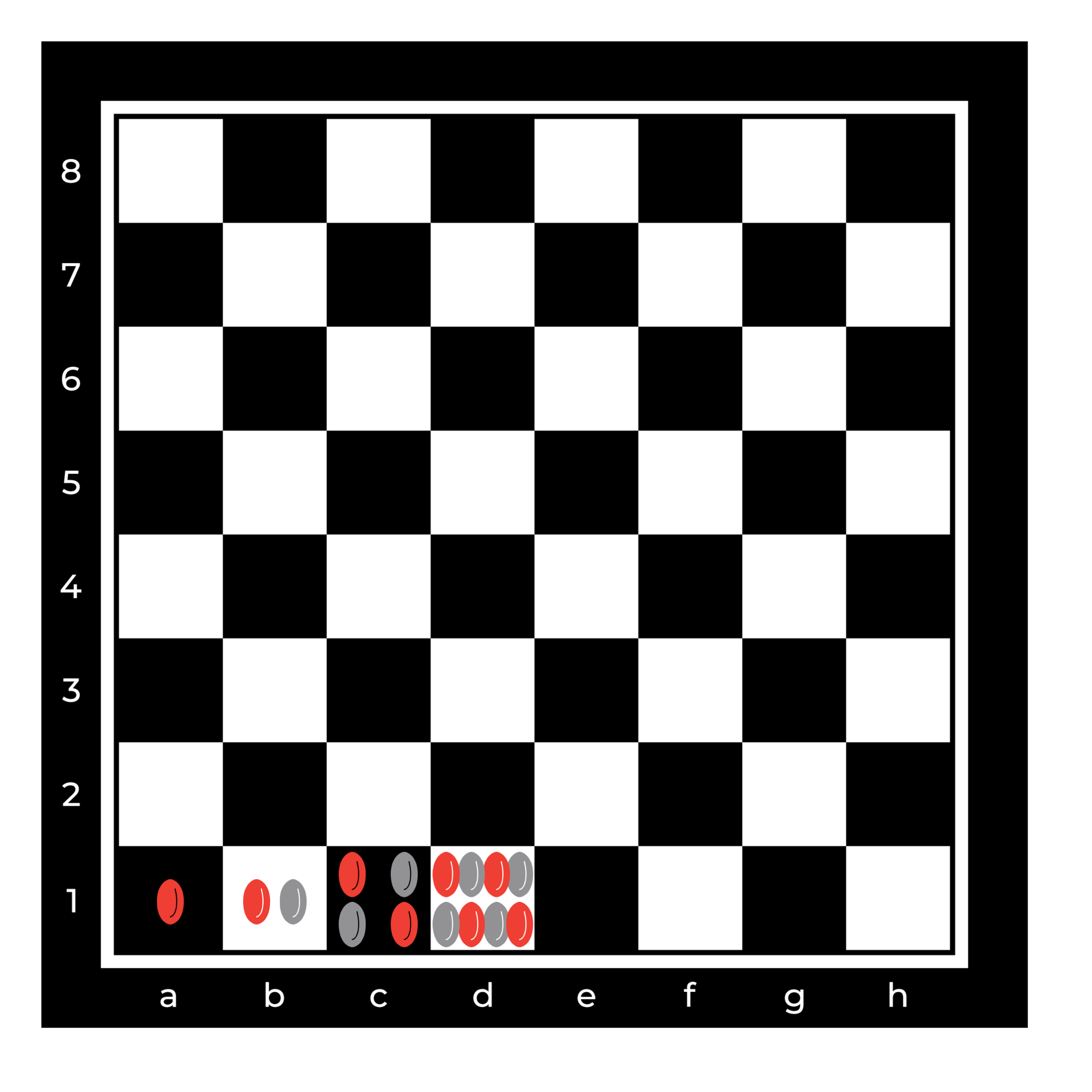
Our expert team of math educators and enthusiasts has spent over 40 years developing and refining the most powerful teaching methods and materials into the comprehensive, industry-leading Mathnasium Method™. These “Ask Education” features are a way for the Education team members to share their knowledge and love of math with our curious readers and fans.
"Hello Education team, I’m a senior (65 years) and never took math at school. Now supporting myself, I realize how vital it is to be set up financially, so I have the choice to keep working or not. My aim is to work from my own home eventually with a steady, secure income to provide for a more relaxed, easy way of life. I took up math classes to better understand how to work with my income and turn it into a passive income generator through the power of compounding. What are your thoughts on compounding? Thank you so much for Mathnasium, I am loving it.”
~ Maria C., 65 years old
Hi, Maria! Thank you for your question! Compounding is quite an intriguing topic to explore and is valuable for all of us.
Einstein said, “Compound interest is the eighth wonder of the world. He who understands it, earns it. … He who doesn’t … pays it.” Simply put, compound interest (or compound growth) can work in your favour through savings and investments. Conversely, compound interest can work against you if you are paying exponentially increasing interest on a loan. In both cases, there is no doubt about it: Compounding is powerful.
Exponential Sequences
We will begin with a simple problem. The mathematical wheat and chessboard problem states:
“If a chessboard were to have wheat placed upon each square such that one grain was placed on the first square, two on the second, four on the third, and so on (doubling the number of grains on each subsequent square), how many grains of wheat would be on the chessboard at the finish?”1  A chessboard has 64 small squares. If we list the number of grains of wheat that will be placed on each square in order, doubling as we go, we can find the sum on the entire chessboard: 1 + 2 + 4 + 8 + …
A chessboard has 64 small squares. If we list the number of grains of wheat that will be placed on each square in order, doubling as we go, we can find the sum on the entire chessboard: 1 + 2 + 4 + 8 + …
The sum amounts to an astonishing 18,446,744,073,709,551,615!
This model demonstrates the power of exponential sequences, which form the basis of compounding. Notice how quickly the number of grains of wheat grow after only a few squares by the simple act of doubling!
So, a question for you to ponder: between being given one million dollars today, or one penny today but doubled every day for one month, which would reward you with a greater sum?
Simple Interest vs. Compound Interest
When you deposit money in a savings account, the bank pays you interest (a percentage of how much you put in your account) and adds it to the original deposit. To predict how much you could make in a year, you would take the starting amount and add a percentage of that amount. This is known as simple interest: interest calculated only on the principal amount.
Interest is “compounded” when previously earned interest is not withdrawn, but instead becomes part of a new principal (starting amount). Compound interest is the interest calculated on the total of the original principal amount plus the interest already gained.
For example, to find the compounded interest after a second year, we can take the first year’s total (with interest added) as the new principal and calculate the compound interest on the new amount. Both the account balance and the interest grow due to compounding.
A basic understanding of exponential equations can help us become intelligent investors. More specifically, the greater the time, the greater the return. Give your money time to grow by investing early, even with a small sum. Of course, you can help your money grow by contributing additional amounts to increase your principal and thus increase your compounded interest.
We can go on and on about the mathematics behind compounding, but we hope it’s clear to see that compound growth is powerful. And it doesn’t take much to get started! Tune in in two weeks for Part 2 of this discussion — with activity worksheets to help you with your calculations!
If you are curious to learn more about compounding, reach out to your nearest Mathnasium Learning Centre. We look forward to seeing you here again soon for our next Ask Education blog post.
Readers: Do YOU have a math-related question you’d like our education team to answer? Submit it at: http://bit.ly/AskMathnasiumEducation.
Sources:
1. https://en.wikipedia.org/wiki/Wheat_and_chessboard_problem





